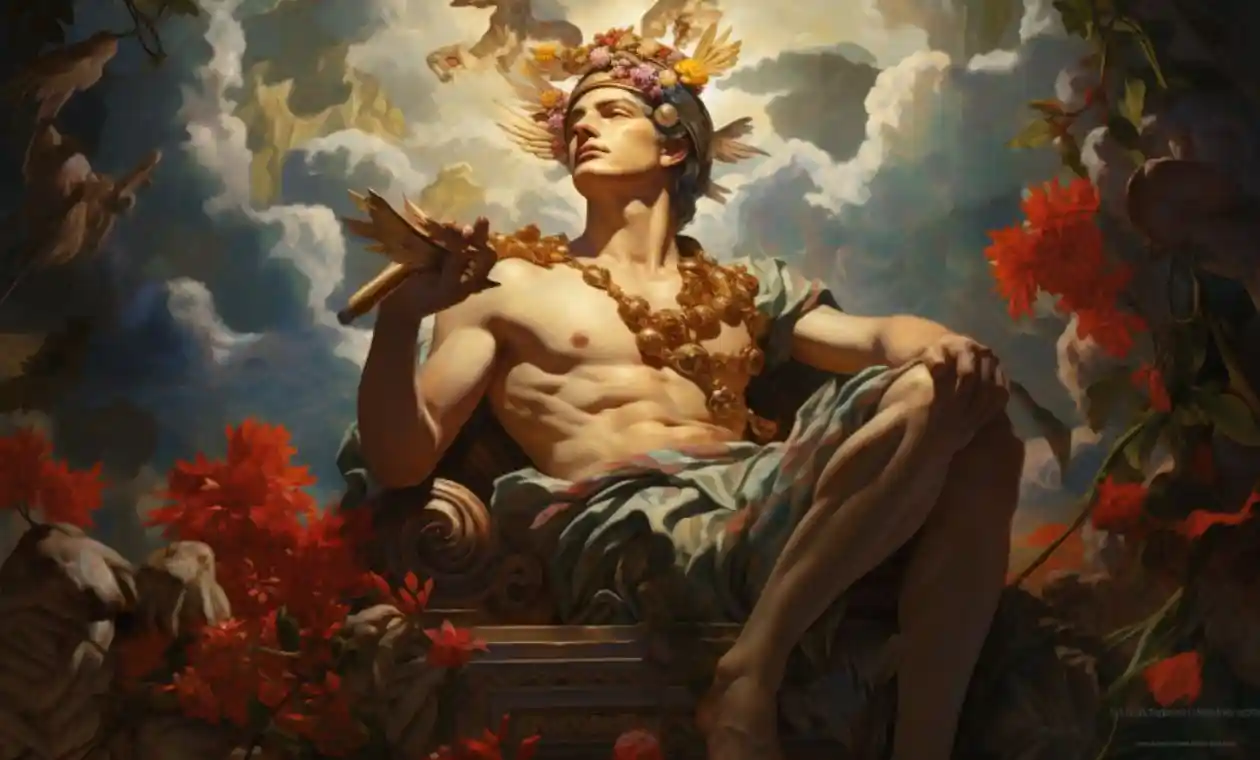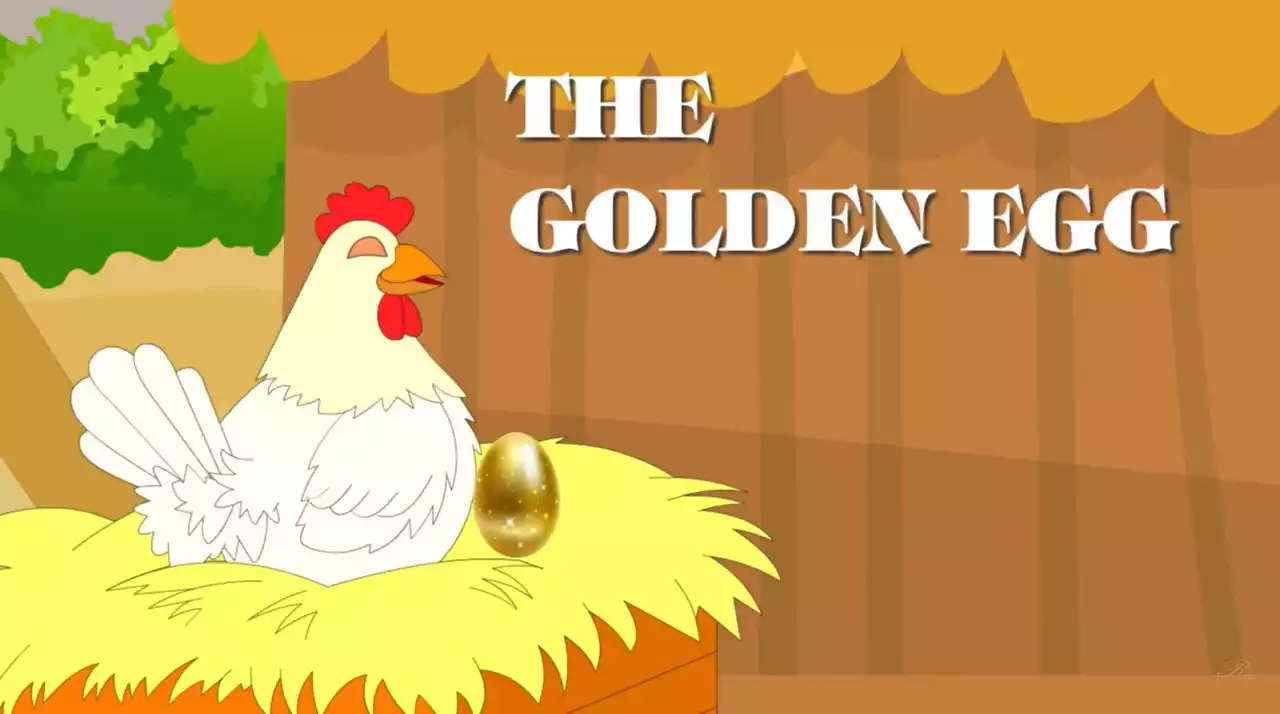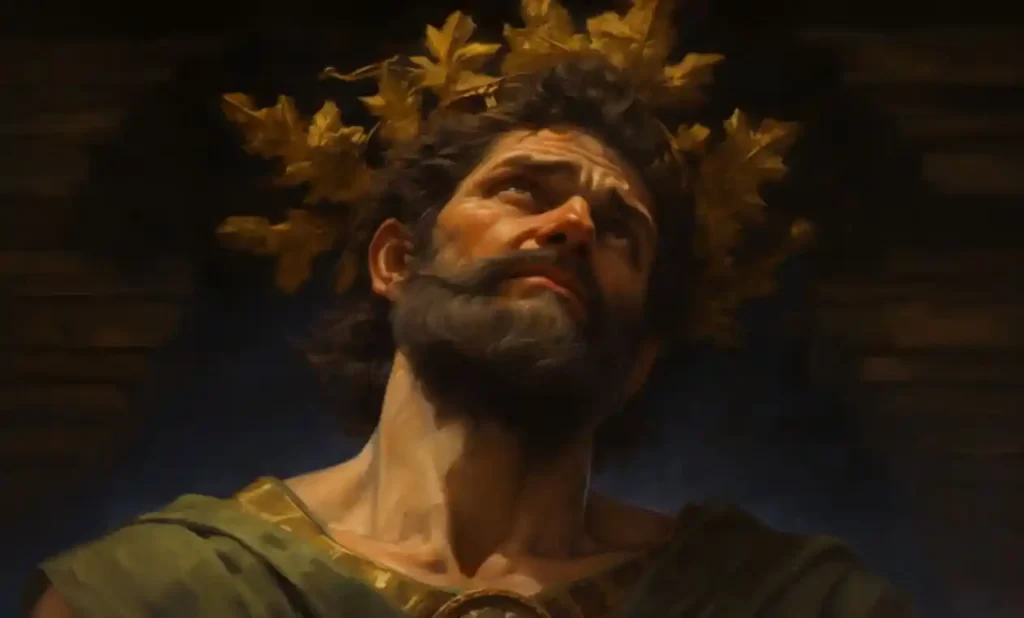
In the heart of Roman mythology lies a figure whose whimsical presence has captured the imaginations of generations. Imagine a deity who roams the wild landscapes, his flute’s melody harmonizing with the rustling leaves and whispering winds. This is Pan, the beloved god of shepherds, flocks, and the untamed wilderness.
In this journey through Pan’s mythical realm, we will uncover the stories that define his character, his unique appearance as a half-goat deity, and the melodies that emanate from his flute, soothing both mortal and beast. So, let us embark on a storytelling adventure that unveils the captivating tales and significance of Pan, the guardian of nature’s untouched beauty.
The Enigmatic Deity: A Half-Goat Guardian of the Wild
Picture, if you will, a being that blurs the line between man and beast, a creature whose presence evokes both wonder and curiosity. This is Pan, the enigmatic god who stands as a bridge between the human world and the untamed wilderness.
Pan’s appearance is a sight to behold, for he boasts the upper body of a man adorned with a joyful and mischievous expression. Atop his head, sprout the majestic horns of a goat, curling gracefully as if reaching towards the heavens. Yet, it is his lower half that truly sets him apart—his legs, like those of a goat, bestow upon him an uncanny agility that enables him to navigate the rugged terrains of his domain with unmatched ease.
But it is not merely his form that captivates; Pan’s most beloved possession is his ever-present flute. Crafted from the reeds that tell the tale of his pursuit of the nymph Syrinx, this instrument holds within it the magic of his melodies. As he plays, the notes seem to dance with the wind, weaving a symphony that echoes through the valleys and resonates with the heartbeats of all living creatures.
In Pan’s unique appearance, we find a profound symbol of his deep connection to nature itself. His goat-like traits mirror the very creatures he watches over—swift and resilient, embodying the spirit of the wild. With his flute, he not only commands the winds and leaves but also nurtures the souls of those who seek solace in the untamed expanses he calls home.
The Melodic Flute and Syrinx
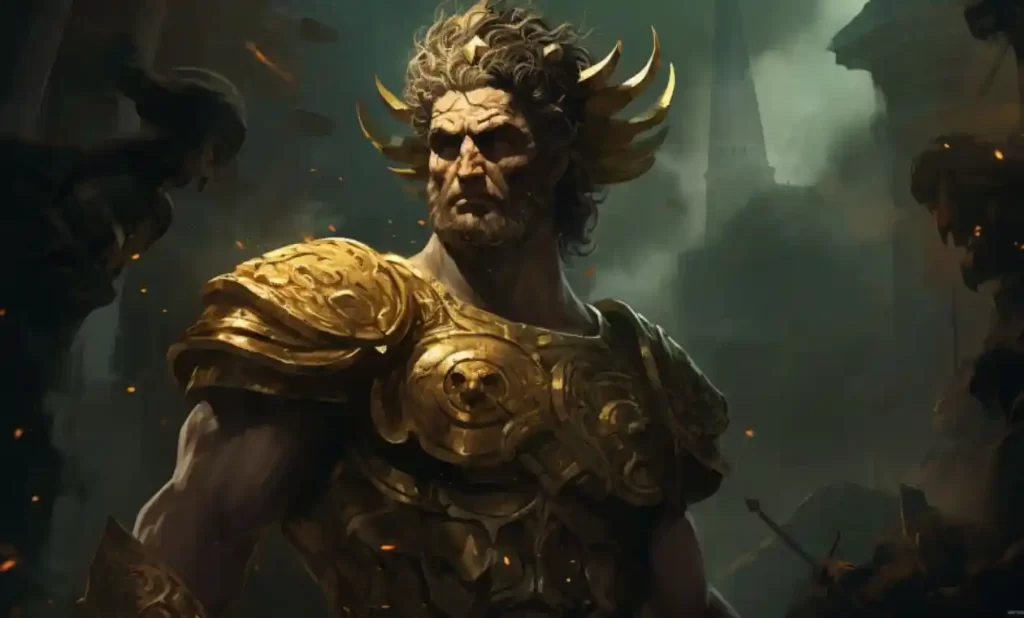
Amidst the sun-dappled glades and verdant groves, the story of Pan’s beloved flute unfurls—a tale woven with both desire and transformation, destined to echo through the ages.
Once, in the heart of the wilderness, Pan’s lively footsteps led him to encounter the nymph Syrinx. Her beauty was as captivating as the rustling leaves, and her presence stirred something within Pan’s heart. Eagerly, he approached her, his joyful eyes alight with a playful curiosity.
Yet, Syrinx, pure of heart and wishing to remain untouched by the mortal realm, sought refuge in the arms of the river god. As Pan’s pursuit grew more fervent, she pleaded with the river to save her from his advances. In a tender gesture, the river responded, transforming Syrinx into a cluster of reeds that rustled gently in the breeze.
Pan, unaware of the nymph’s transformation, reached out to caress her, only to find his fingers brushing against the supple reeds that now stood in her place. It was in this moment that Pan’s heartache birthed something wondrous—the very reeds that were once Syrinx emitted a soft, haunting melody as the wind blew through them.
With reverence, Pan fashioned an instrument from these reeds—a flute that carried the essence of Syrinx’s spirit. When he played, the flute’s melodies resonated with an ethereal beauty, enchanting not only the creatures of the wild but also the hearts of humans who ventured into his domain.
Pan’s flute became a conduit for his emotions, allowing him to express both his longing and his joy. As its melodies traveled through the woods, they wove a tapestry of tranquility, drawing listeners into the embrace of nature’s harmonious embrace. This magical flute, born from a tale of unrequited love and transformation, stands as a testament to Pan’s enduring connection with the heart of the wilderness.
Pan’s Domain and Companions
Venture deep into the heart of nature, where untamed landscapes stretch as far as the eye can see—a realm untouched by the hands of mortals, yet pulsating with vibrant life. This is where Pan, the guardian of shepherds and flocks, reigns supreme—a realm where beauty and wildness dance in eternal harmony.
As the sun’s rays filter through the verdant canopy, Pan roams freely, his joyous laughter mingling with the songs of birds and the whisper of leaves. Here, he finds solace among towering trees and babbling brooks, embracing the rugged terrain as an extension of his own being.
Yet, Pan is not alone in his domain. Half-human and half-goat, the satyrs are his devoted companions, sharing his love for revelry, music, and mirth. With hooves that match their master’s, they prance and play alongside him, their laughter ringing out like the chiming of bells. Together, they form a merry band, celebrating life’s simplest pleasures in the company of kindred spirits.
In the shadowed groves and sun-kissed meadows, other mythical creatures find their place alongside Pan. The fauns, with their mischievous grins, embody the spirit of the wild, evoking laughter and awe with their unpredictable antics. Nymphs, too, grace these landscapes—their ethereal presence woven into the very fabric of nature, making them kindred souls to Pan himself.
Bound by their shared love for the untamed, these creatures find kinship in Pan’s presence. It is a realm where the symphony of his flute joins with the harmonies of the wind, where laughter resonates like the bubbling streams, and where every rustling leaf seems to whisper the secrets of the wilderness.
The Origin of “Panic”: When Pan’s Presence Ignites Fear
Among the whispers of the wilderness, there lies a tale that sheds light on the origins of a word that holds within it the essence of sudden fear and alarm—a word born from the very presence of Pan himself.
Long ago, in the depths of ancient woods and shadowed thickets, Pan’s antics were known to unfold in unexpected ways. As travelers traversed the untamed lands, they would often encounter the god of shepherds, his form appearing suddenly amidst the trees and underbrush.
Imagine the scene: A weary traveler, navigating a world where the line between the known and the mysterious blurs, stumbles upon Pan’s realm. Pan, with his mischievous grin and goat-like features, would reveal himself with a joyous laugh that echoed through the woods. It was this unexpected appearance that sparked a primal response—an instinctual surge of adrenaline, a heart racing with fear.
The term “panic” traces its roots to this very phenomenon. The sudden and startling appearance of Pan in the midst of solitude could incite a feeling of unease—a sensation akin to the primal fear experienced when confronted by the unknown and the wild. The ancient travelers, unaccustomed to such encounters, coined the term “panic” to encapsulate the overwhelming rush of fear that Pan’s presence could evoke.
Pan, unintentionally, became synonymous with this unanticipated fear. His very name, once celebrated as a guardian of nature’s beauty, now carried with it the weight of apprehension and anxiety. Even in his joyful playfulness, Pan was a reminder that the untamed wilderness held mysteries that stirred both wonder and unease.
And so, in the word “panic,” we find a glimpse into Pan’s dual nature—a being whose laughter could uplift souls and yet, with a single appearance, could send hearts racing in trepidation. It is a testament to the power of myth, where a god’s name becomes forever entwined with the human experience, capturing both the light and the shadows of existence.
Pan’s Influence on Nature and Worship
In the embrace of nature’s grandeur, Pan’s influence reverberates through every rustling leaf and dancing blade of grass. His connection to the wild goes beyond mere myth, intertwining with the very essence of the natural world.
Imagine Pan, standing amidst the swaying trees and hidden glades, his flute held to his lips. As the melodies weave their magic, the wind responds, whispering secrets through the branches. The leaves rustle in harmonious accompaniment, while the very earth seems to resonate with the vibrations of his music. Pan’s flute, an extension of his spirit, stirs the elements, creating a symphony that celebrates the untouched beauty of the wild.
It is no wonder, then, that shepherds and peasants turned to Pan with offerings and prayers. In a world where the boundaries between the pastoral realm and the untamed wilderness blurred, they sought his favor to protect their flocks and ensure bountiful harvests. With hearts full of reverence, they believed that Pan’s watchful eyes and melodic enchantments would shield their livestock from harm and guide them through the unpredictable landscapes.
Pan’s worship found its crescendo in festivals that paid homage to his divine presence. One such celebration was the rustic holiday of Lupercalia, where villagers gathered to honor not only Pan but also the spirit of fertility and renewal. In the heart of the wilderness, they indulged in merry revelry, guided by the very essence of nature that Pan personified. Through dance, music, and offerings, they sought to capture the spirit of the wild and align themselves with the rhythms of the natural world.
In these rituals and gatherings, Pan’s influence flourished. His name became synonymous with the protector of shepherds, the guardian of flocks, and the spirit of the untamed. His presence permeated the landscapes, his melodies echoing through the ages, a reminder that the bond between man and nature is a tapestry woven by gods and mortals alike. Pan’s legacy endures as a testament to the symbiotic relationship between the human spirit and the wild, forever entwined in melodies that resonate with the heartbeats of the earth itself.
Pan’s Legacy in Art and Culture
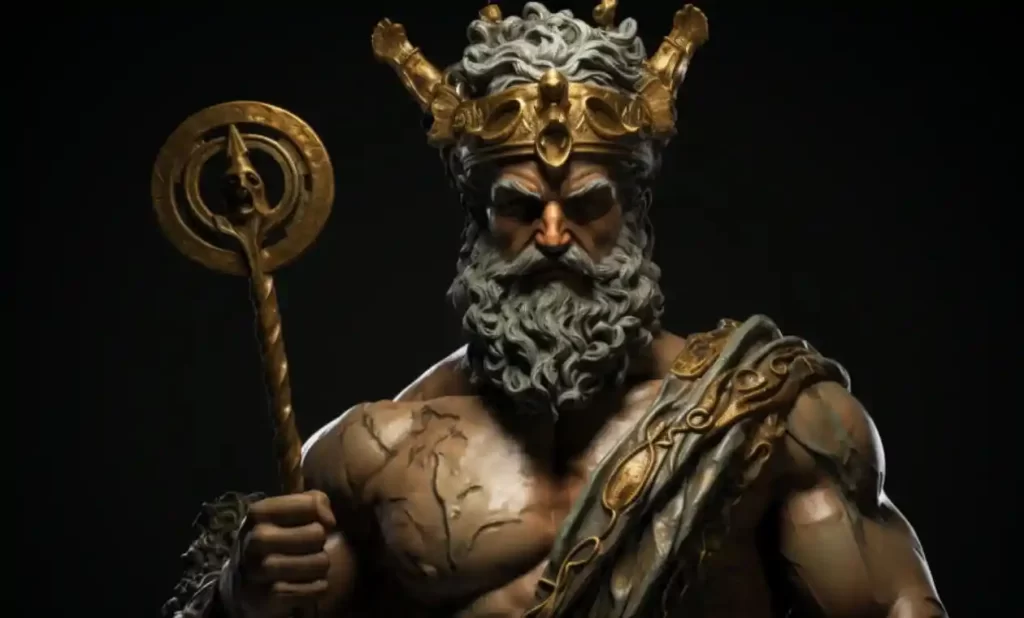
Pan, the half-goat deity whose laughter echoed through the woods and melodies stirred the wind, has not only left his mark in the realm of mythology but also carved a lasting legacy in the realms of art, literature, and culture. His whimsical character and untamed spirit have been a muse to countless creators across time.
Imagine artists and writers, inspired by Pan’s charm, seeking to capture his essence in their creations. From the intricate strokes of a painter’s brush to the carefully chosen words of a poet’s pen, Pan’s presence has permeated the realms of human expression.
In paintings, Pan emerges as a figure bathed in sunlight, his goat-like features juxtaposed against the backdrop of sprawling landscapes. These masterpieces embody the enchantment of the wild, mirroring the untamed beauty that Pan himself guarded. His companions, the satyrs, come to life in these artworks, their revelry and music depicted in vibrant colors that dance across the canvas.
Literature, too, has been enriched by Pan’s influence. Poets have penned verses that capture the essence of his melodies, conjuring images of untamed landscapes and the harmonious symphony of nature. From ancient epics to modern novels, Pan’s spirit weaves through the lines, reminding readers of the delicate balance between humanity and the wilderness.
But Pan’s legacy knows no boundaries. His charm transcends cultures, and his influence extends far beyond Roman mythology. In ancient Greece, he was known as “Pan,” and his enchanting stories resonated just as deeply. His essence found its way into the folklore of other civilizations, where gods and creatures bearing a resemblance to Pan sprung forth, celebrating the wild spirit that resides within every corner of the world.
Conclusion
In the heart of the wild, where nature’s beauty intertwines with the untamed spirit of the unknown, stands Pan—the half-goat deity, the guardian of shepherds and flocks, and the embodiment of the enchanting wilderness. Through the stories we’ve uncovered, we have journeyed into a realm where melodies danced on the wind, laughter echoed through the trees, and the boundary between man and nature blurred in harmony.
Pan’s role as the playful guardian, his flute’s melodies harmonizing with the rustling leaves, paints a portrait of a deity whose essence is rooted in the very heart of the wild. His laughter speaks of joy, his presence of wonder, and his flute of the magic that lies within the realms untouched by human hands.
As we reflect on Pan’s lasting impact, we see how his mythology transcends the pages of ancient texts, weaving itself into the tapestry of human creativity. Artists have captured his form and spirit on canvas, poets have immortalized his melodies in verses, and cultures beyond Rome have embraced his essence as their own. Pan’s legacy is not confined by time or borders; it exists wherever a heart beats in rhythm with the untamed world.
Hey kids, how much did you like Pan: The Roman God of Shepherds, Flocks, and Wilderness? Please share your view in the comment box. Also, please share this story with your friends on social media so they can also enjoy it, and for more such Roman Mythology, please bookmark storiespub.com.
Related Article –















